The best places to see the Milky Way or the night sky, period, lack artificial light. Telescopes have come a long way since the days of Galileo, but they still suffer in bright areas. Looking at the moon in a well-lit parking lot is not the same as viewing it from the plains of Wyoming. The ten places on our list are perfect. Not only because they are excellent places to visit but also because they offer the best surroundings for stargazing.
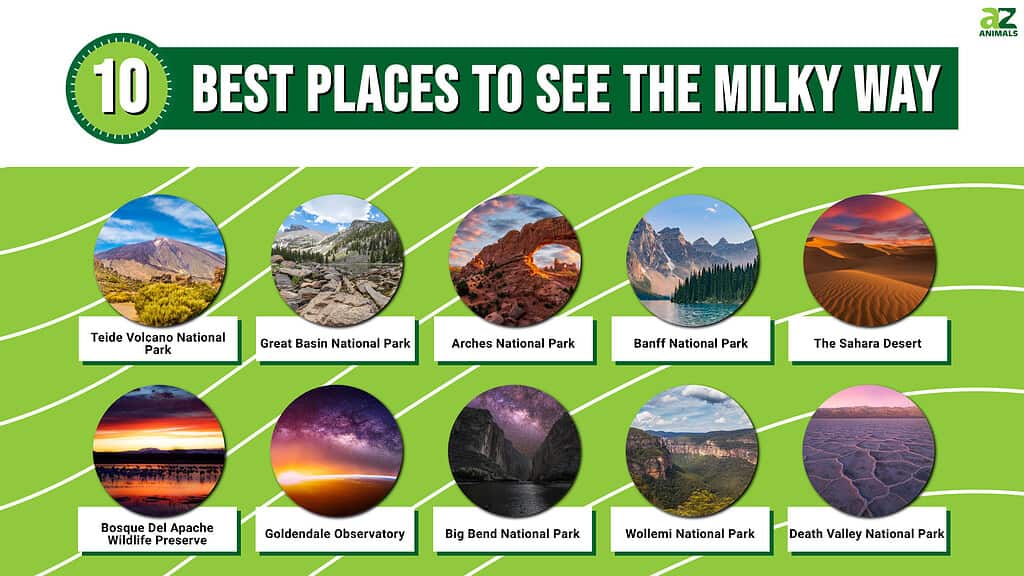
10. Death Valley National Park
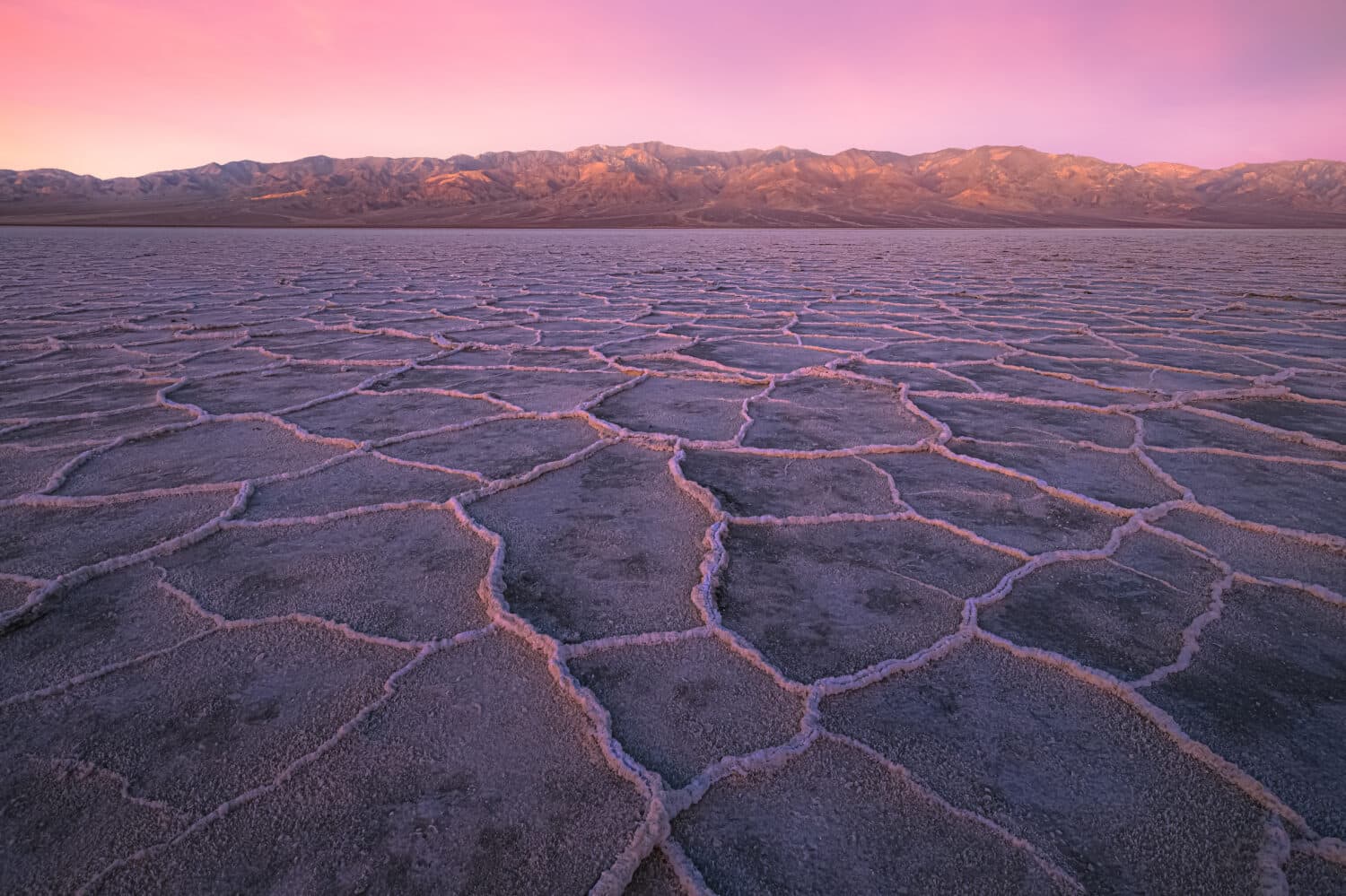
©Stephen Bridger/Shutterstock.com
DVNP carries the “Gold Tier Dark Sky Park” designation as the place with the highest darkness rating.
The International Dark Sky Association, which designates the best places in the world for star gazing, loves Death Valley National Park. Specifically, The Oasis at Death Valley. Not only is light pollution a non-factor throughout the primary viewing spots, but the National Park endeavors to keep it that way. City life is over a hundred miles distant from this place. Nighttime is akin to turning off the lights in a darkroom while wearing a blindfold. Views through the telescope are spectacular.
9. Wollemi National Park
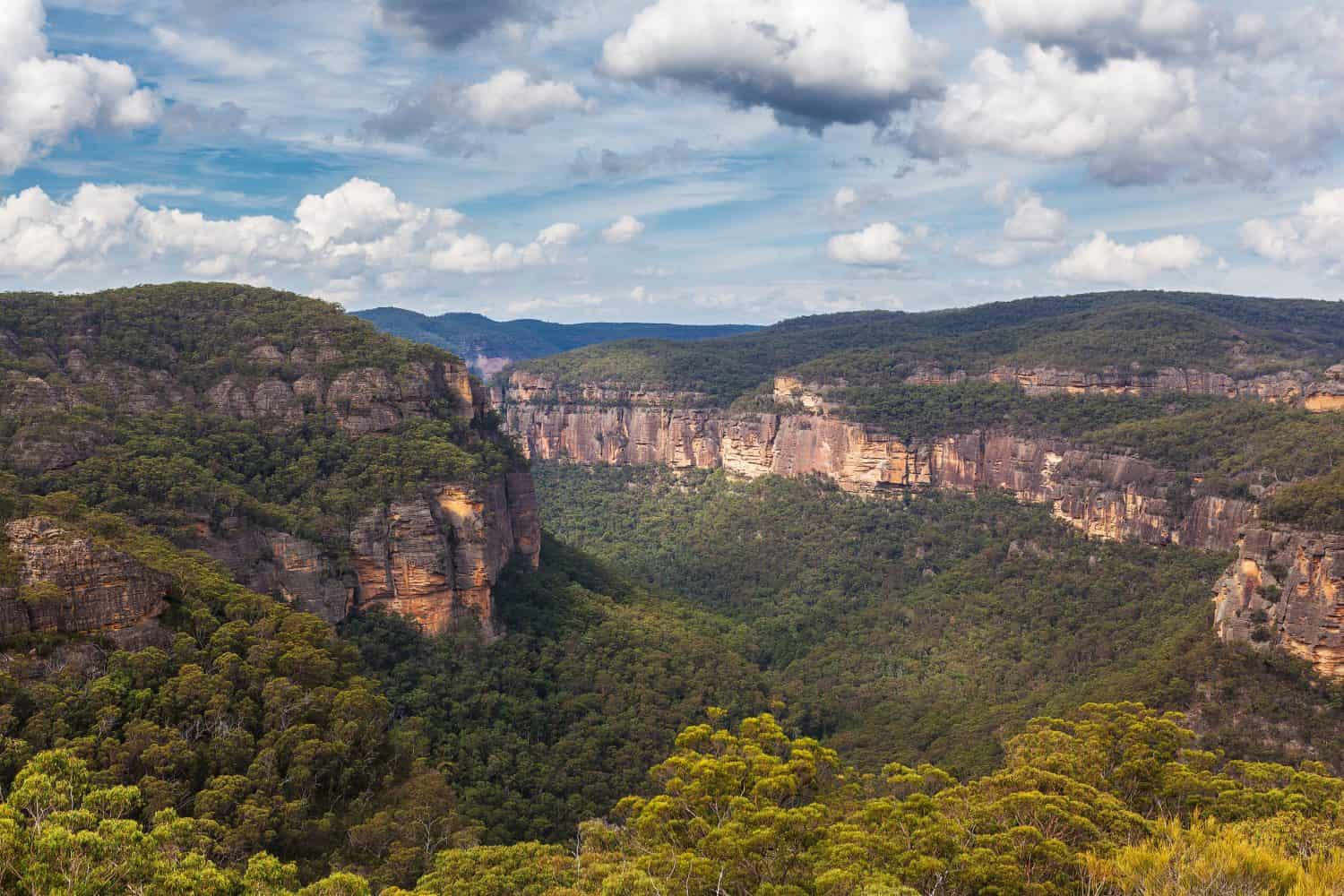
©Greg Brave/Shutterstock.com
Wollemi National Park is located in the Blue Mountains. It is a dark sky refuge or place where artificial light pollution is not detrimental to star gazing.
You must travel to Australia to find the ninth on our list of best places to see the Milky Way. Wollemi National Park is a part of Australia’s Blue Mountains. The only drawback is the occasional park closures due to wet weather. After stargazing in one of the darkest areas on the planet, you can visit the Newnes Glow Work Tunnel and see a different kind of star. There’s also plenty of area available to campers, so stargazers set their telescopes in place and look at the Milky Way well into the evening.
8. Big Bend National Park
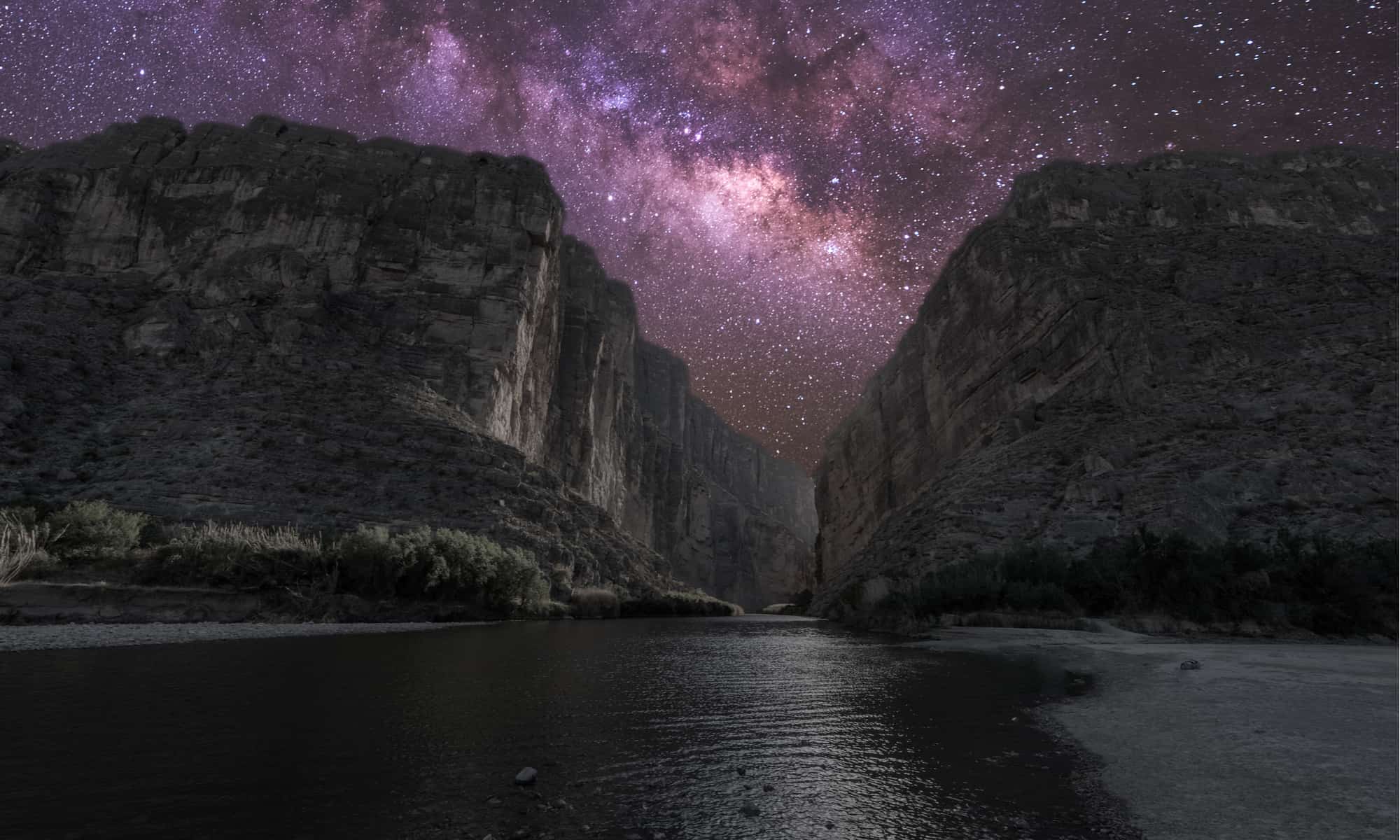
©Stanley Ford/Shutterstock.com
Big Bend National Park, located in the southwest corner of Texas, is an incredible spot for stargazing.
According to the National Park Service, Big Bend National Park has the least light pollution out of all 48 states except Alaska and Hawaii. There’s nothing out there but natural landscape and no visible, artificial light as far as the eye can see. As part of the park service, frequent programs engage tourists and locals in various stargazing events. These include parties focusing on stargazing, walks, and meetings where members and visitors can mingle and hold conversations.
7. Goldendale Observatory
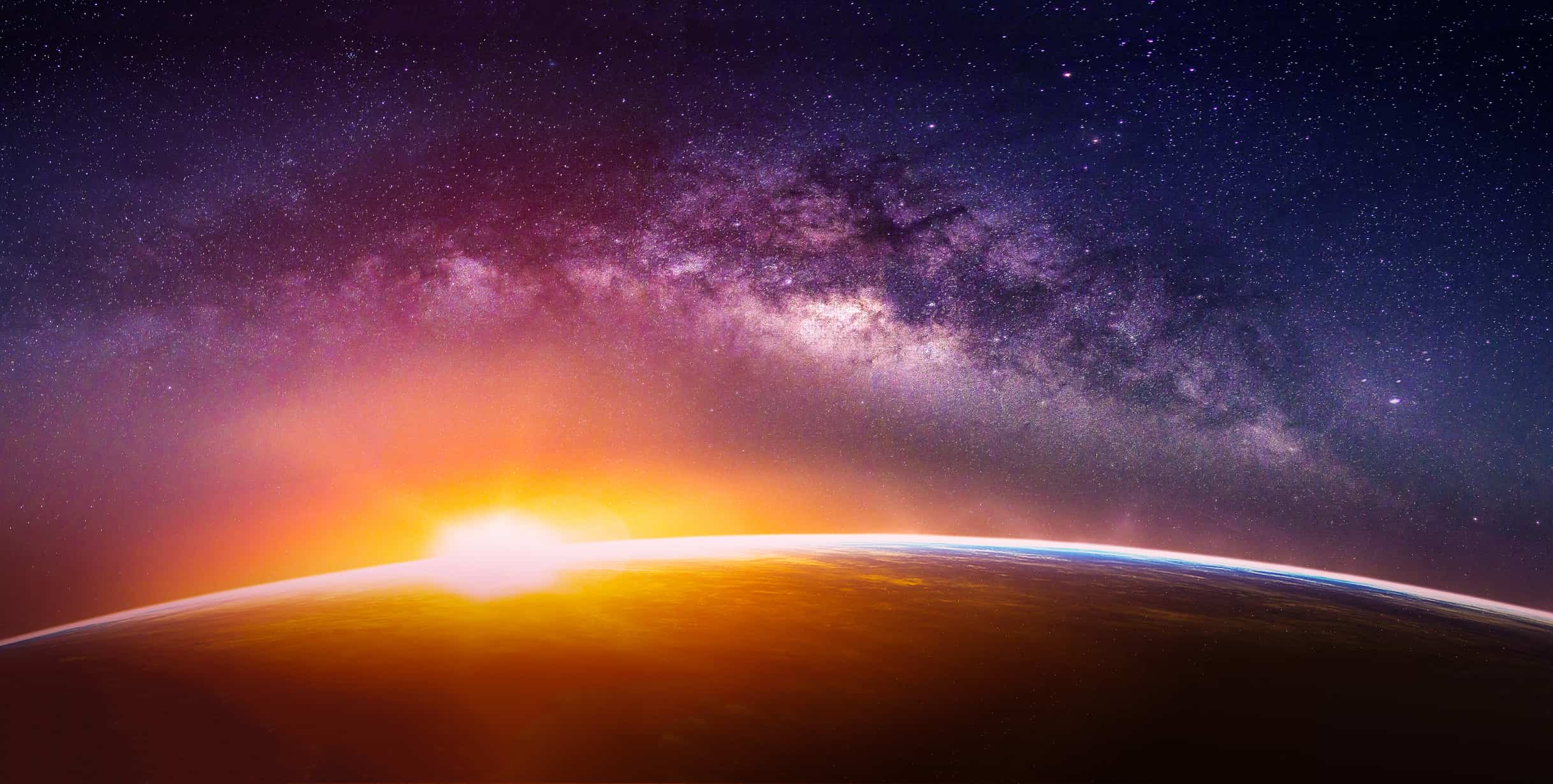
©Kapook2981/iStock via Getty Images
Goldendale Observatory, in Washington State, is home to one of the world’s largest telescopes available for public use and viewing.
If scientists pick a place to construct one of the world’s largest telescopes, it’s probably one of the best places to see the Milky Way. Goldendale, Washington, was chosen for a reason: with zero light pollution. Unlike other options on this list, the Goldendale Observatory is a full-fledged park, with public access to the massive telescope and the freedom to bring one of your own. Annual passes are only $30 if you frequent the area, with a $10 pass for a single day.
6. Bosque Del Apache Wildlife Preserve
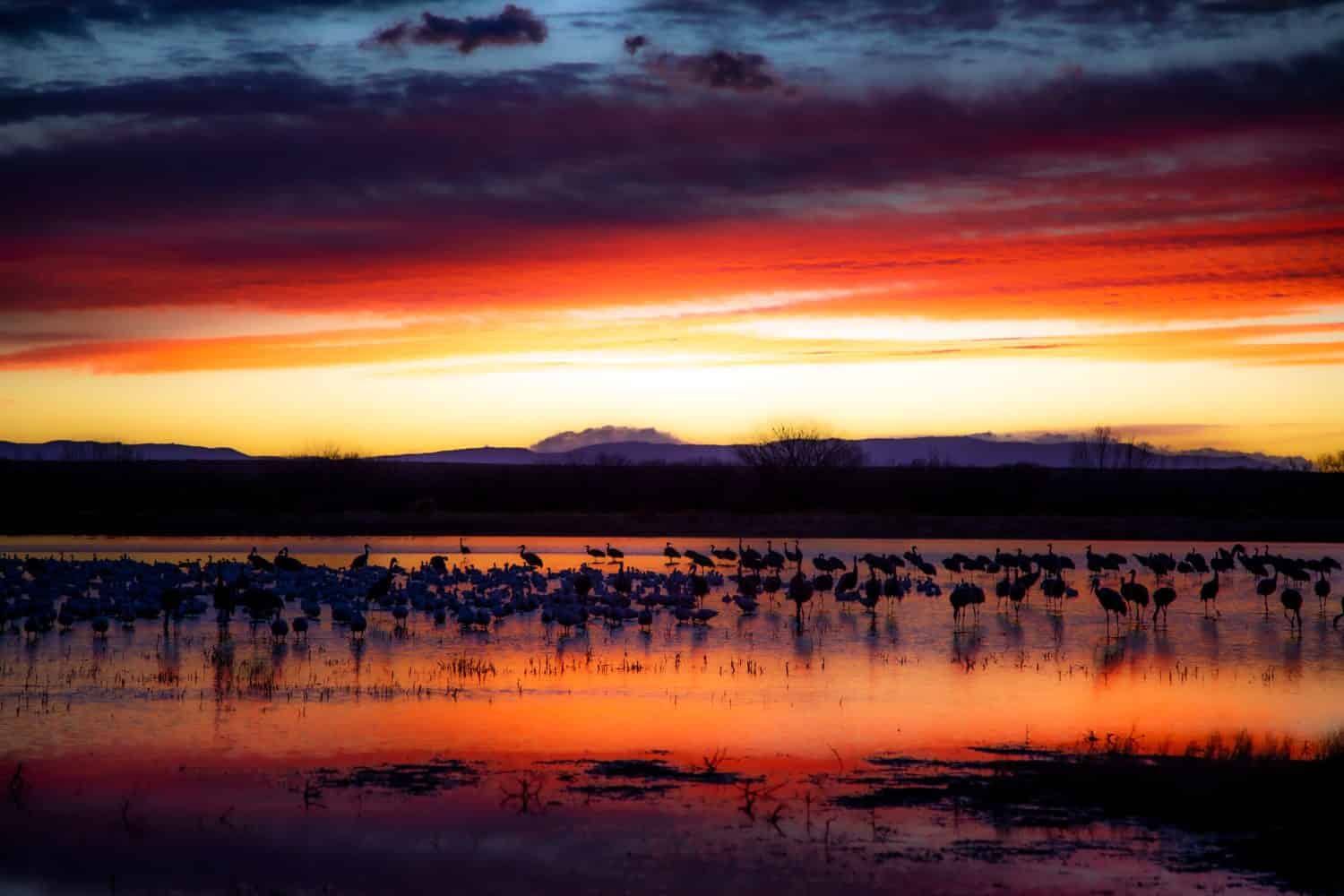
©Lindsey Lu/Shutterstock.com
The Bosque Del Apache Wildlife Preserve has operated since the late 1930s and is well known to birdwatchers.
Despite its birdwatching (Sandhill Crane migrations) brand in the local consciousness, Bosque Del Apache Wildlife Preserve is an exceptional park for stargazing as well. You can watch the birds during the day, of which hundreds of species are generally present, and stargaze at night, thanks to the darkness saturation and minimal light pollution from artificial sources. Imagine over 50k acres of open wilderness with little light pollution. You’ll have a good idea what a stargazing treat you’re in for.
5. The Sahara Desert
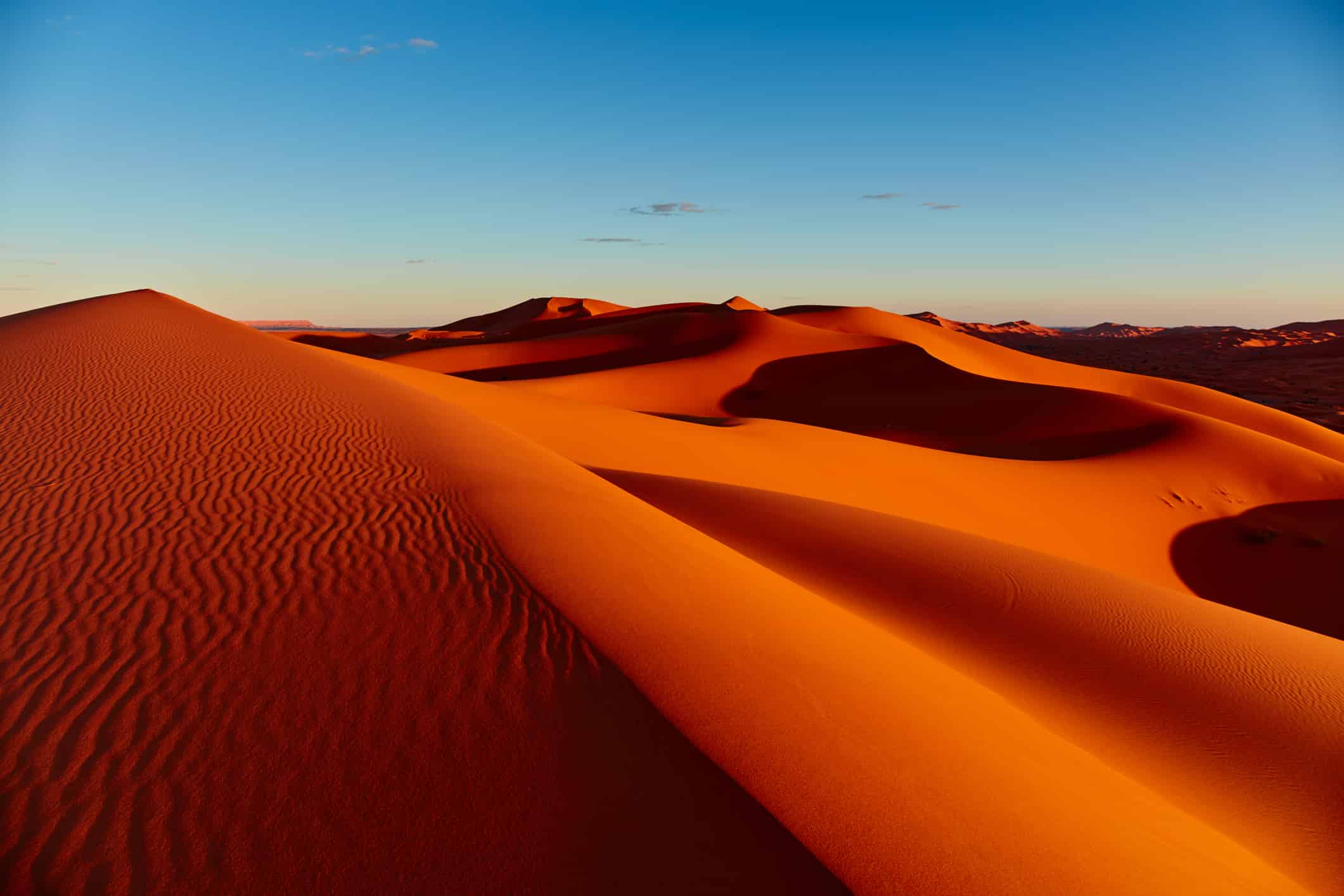
©ArturNyk/iStock via Getty Images
The Sahara Desert is the largest hot desert in the world and, as it happens, an excellent place to view the night sky.
Though it rarely gets a mention on stargazing lists, the Sahara Desert is easily one of the best places in the world to see the Milky Way. The reasons are obvious. There’s little to nothing out there, at least in most of this vast desert. One of the best places to go is Merzouga, south of Morocco. There’s zero artificial light and a local stargazing service that will take you, or a group of people, out into the desert for a lengthy view of the stars.
4. Banff National Park
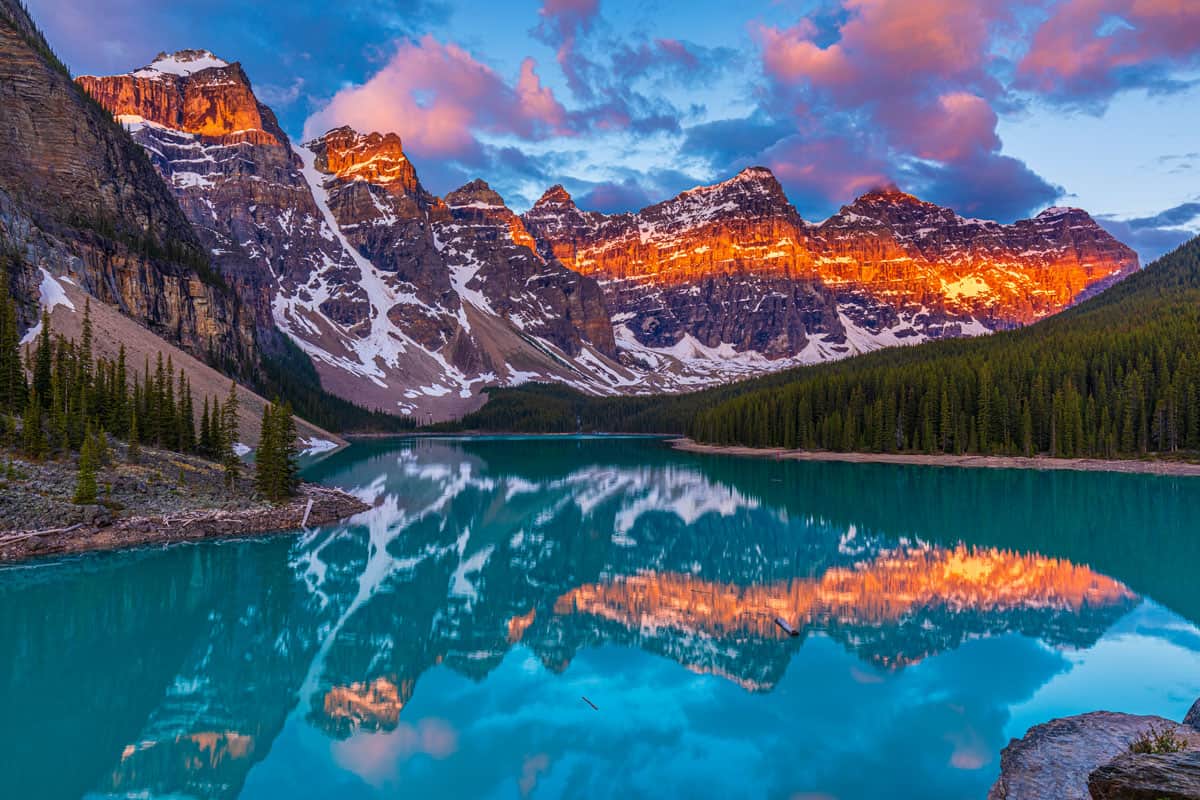
©Invisible Witness/Shutterstock.com
Banff National Park is an incredible journey through nature. It offers many activities, including being one of the best stargazing places to see the Milky Way.
Visiting Banff National Park offers hot springs, snowshoeing in Sunshine Village, late-night lantern tours, skiing at nighttime, ice walks in the canyon, and, of course, one of the best places in the world to see the Milky Way with your telescope. Light pollution is at an absolute minimum. You can easily see the beam of a flashlight as it travels off into the distance, as far as your eyes can track the light. Vermilion Lake, Lake Minnewanka, Bow Lake, and the Icefields Parkway are all excellent places to set up shop and point your telescope skyward.
3. Arches National Park

©iStock.com/jose1983
Arches National Park is known for its, you guessed it, natural arches. It’s also a fantastic place for stargazing.
Arches National Park is one of the best places in the world to view the Milky Way from your favorite telescope. According to the National Park Service, Arches has some of the darkest places in the southwest, perfect for stargazers at night. It’s also a stunningly beautiful park with many interesting, natural arch formations to fawn over. Balanced Rock Picnic Area, Panorama Point, and the Garden of Eden Viewpoint are exceptional spots to set up your gear.
2. Great Basin National Park

©iStock.com/Allen Allnoch
The Great Basin National Park is home to several intriguing astronomy programs.
Great Basin National Park is a remarkable choice for stargazers, especially with its astronomy programs. These programs are gold for amateur astronomers and those getting their feet wet in the world of stargazing. Thanks to these programs and its status as an International Dark Sky Park, it’s one of the best places to see the Milky Way in North America. Looking at the night sky from Great Basin National Park is mesmerizing. Like the other parks and places on this list, you can see many things with the naked eye you will never see in the suburbs or the city.
1. Teide Volcano National Park
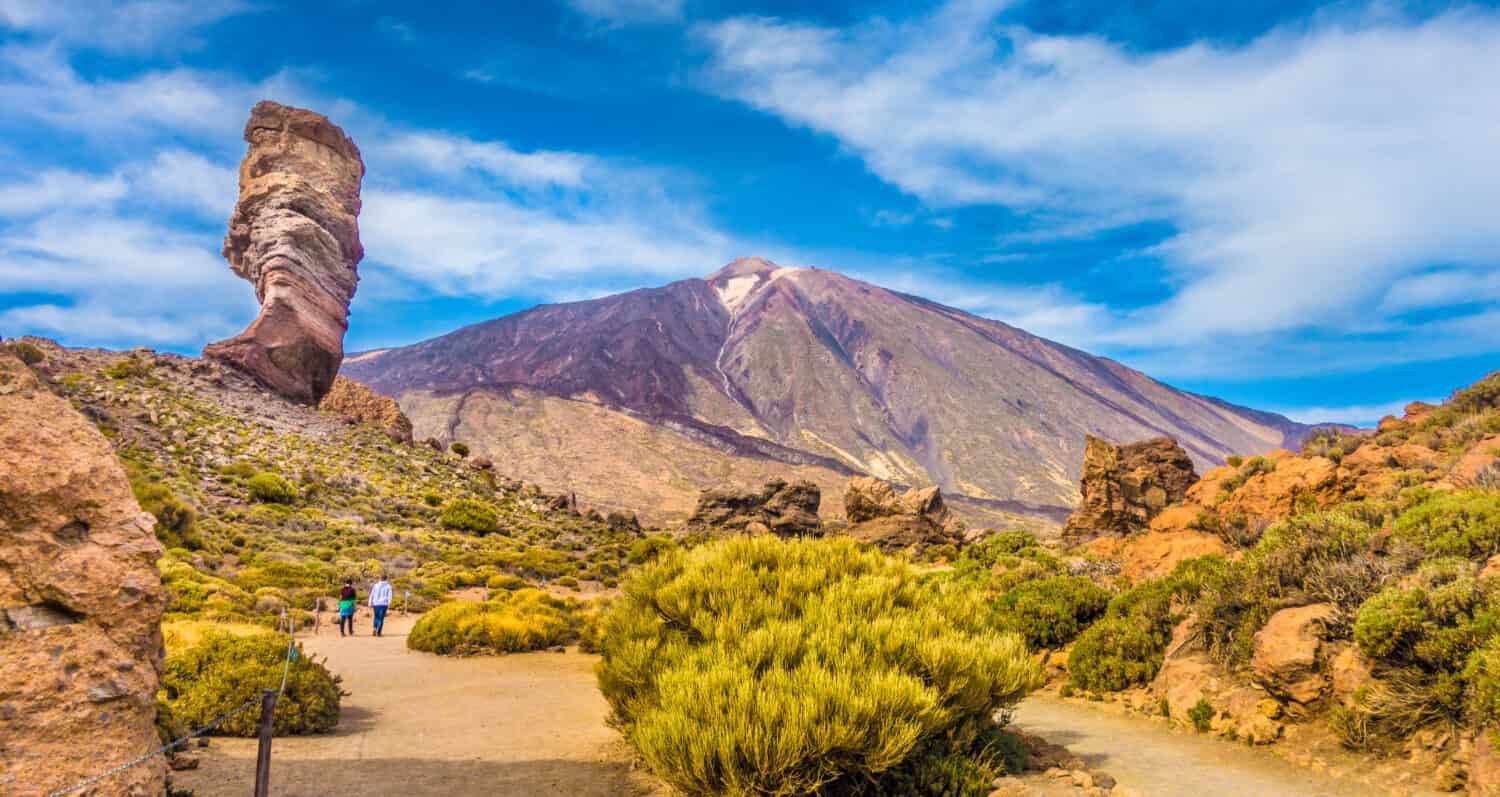
©canadastock/Shutterstock.com
Teide Volcano National Park is located on the island of Tenerife, a position that is highly beneficial for stargazers.
Being on an island with very little artificial light makes for one of the best places to see the Milky Way. It’s located in the Canary Islands, a part of Spain. Teide Volcano National Park is a huge tourism draw for several reasons, one of which is exceptional stargazing opportunities. There are also north and south zone pickups for guided stargazing tours, where guides will take you to some of the best spots on the island for excellent nighttime sky views.
Bonus: Cherry Springs State Park

©Michael Ridall/Shutterstock.com
Cherry Springs State Park is one of the best places to see the Milky Way east of the Mississippi.
We must include Cherry Springs State Park because it’s listed as one of the darkest places east of the Mississippi River. It is one of the top ten darkest places in the United States. Even though the latter is in the daytime, it’s a hugely popular park for sky events, such as meteor showers, lunar eclipses, and even solar eclipses. As dark as it is in the evening hours, the naked-eye view is incredible. When you break out the telescope, however, it’s like viewing something out of this world (which you really are).
| Best Places to See the Milky Way | Rank |
|---|---|
| Death Valley National Park | #10 |
| Wollemi National Park | #9 |
| Big Bend National Park | #8 |
| Goldendale Observatory | #7 |
| Bosque Del Apache Wildlife Preserve | #6 |
| The Sahara Desert | #5 |
| Banff National Park | #4 |
| Arches National Park | #3 |
| Great Basin National Park | #2 |
| Teide Volcano National Park | #1 |
| Cherry Springs State Park | Bonus |
The photo featured at the top of this post is © iStock.com/den-belitsky
Thank you for reading! Have some feedback for us? Contact the AZ Animals editorial team.







